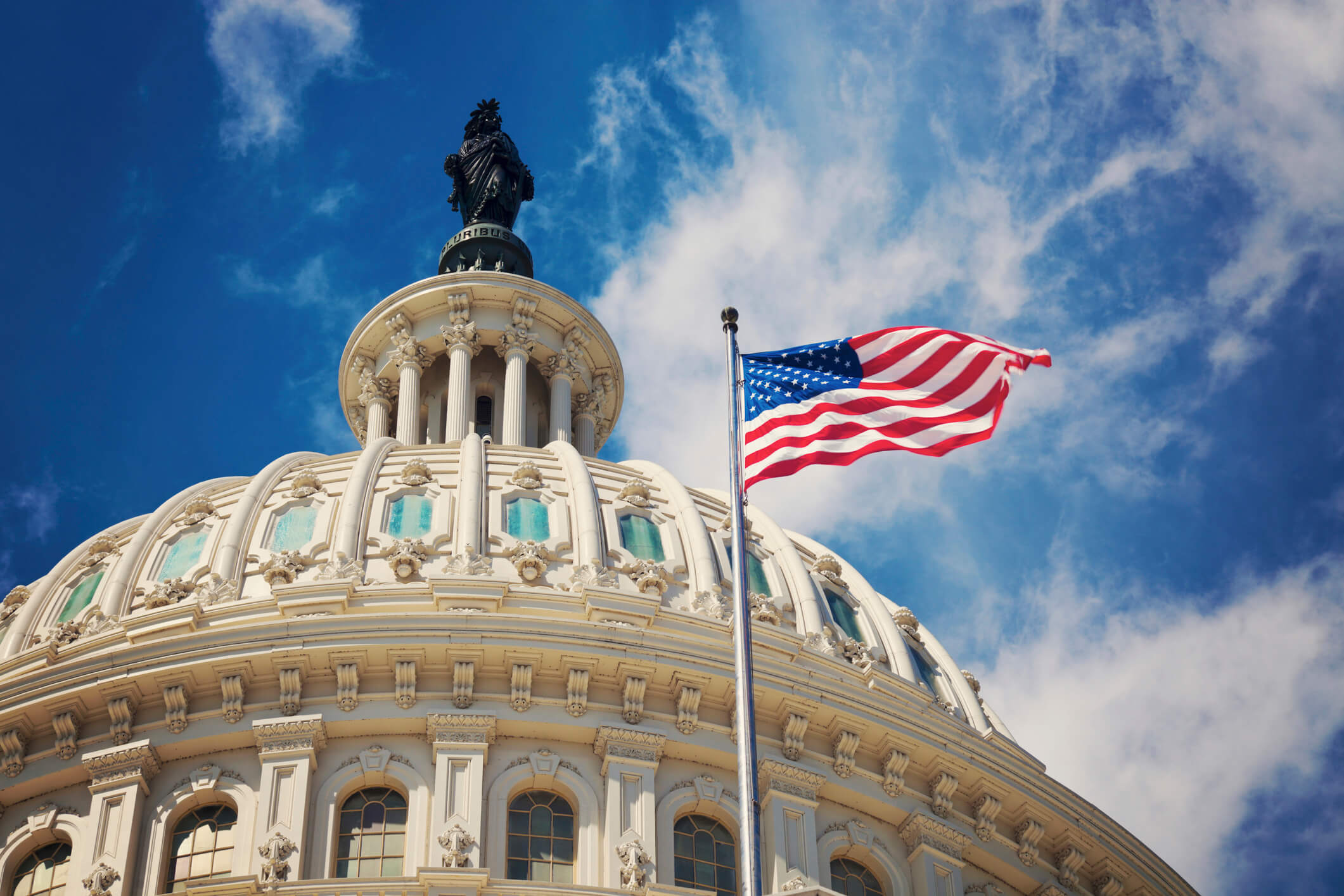Quick Hits
- Humphrey’s Executor v. United States, decided in 1935, has long supported the independence of agencies like OSHRC.
- Recent Supreme Court decisions are reshaping the legal status and enforcement mechanisms of OSHA and OSHRC.
For nearly a century, the constitutional legitimacy of independent agencies has rested on the Supreme Court of the United States’ decision in Humphrey’s Executor v. United States. In that 1935 decision, the Court upheld for-cause removal protections for commissioners of the Federal Trade Commission (FTC) on the theory that Congress may shield officials who exercise quasi-legislative and quasi-judicial functions from at-will presidential removal. Humphrey’s Executor distinguished purely executive officers, who remain subject to unrestricted presidential control, and thereby furnished the legal foundation for independent commissions across the administrative state, including OSHRC. Although OSHA, as an executive agency, does not directly depend on Humphrey’s Executor for its structure, the decision’s logic sustained the broader framework in which Congress delegated substantial policymaking and enforcement authority to agencies outside direct political control.
Early constitutional challenges to OSHA focused on the nondelegation doctrine, due process, and the separation of functions. In Industrial Union Department, AFL-CIO v. American Petroleum Institute, the Supreme Court narrowly construed OSHA’s standard-setting authority without invalidating the OSH Act, signaling unease with open-ended delegations while declining to revive a robust nondelegation regime. Courts likewise rejected claims that OSHA’s enforcement role and OSHRC’s adjudicatory function impermissibly commingled prosecutorial and judicial power, emphasizing statutory and procedural separations designed to preserve fair process.
Humphrey’s Executor has long anchored judicial approval of OSHRC’s independence. OSHRC’s multimember composition, appointment with Senate confirmation, and for-cause removal protections were understood to promote neutral adjudication, aligning the commission with the FTC template. Yet modern jurisprudence has narrowed Humphrey’s Executor’s scope. In Free Enterprise Fund v. Public Company Accounting Oversight Board, the Court invalidated dual layers of for-cause removal protection, underscoring the president’s duty under Article II of the U.S. Constitution to ensure faithful execution of the laws. In Seila Law LLC v. Consumer Financial Protection Bureau, the Court struck down for-cause removal protection for a single-director agency, characterizing Humphrey’s Executor as a “narrow exception” limited to multimember expert bodies that do not wield substantial executive power.
More recently, the Court’s decision in U.S. Securities and Exchange Commission v. Jarkesy has sharpened Article III and Seventh Amendment concerns. Where an agency seeks civil penalties for claims analogous to common law causes of action, the Constitution may require adjudication before an Article III court with a jury. Although Atlas Roofing Co. v. Occupational Safety and Health Review Commission once sustained administrative adjudication in the OSHA context as involving public rights, Jarkesy signals a willingness to revisit the contours of administrative enforcement and the boundary between public and private rights. These developments, coupled with litigation questioning multiple layers of administrative law judge (ALJ) removal protection and the U.S. Department of Justice’s evolving litigation posture, have reconfigured the terrain for constitutional challenges to OSHA and OSHRC.
In this first part of a two-part series on OSHA’s and OSHRC’s future direction, we have traced the statutory design of OSHA and OSHRC, the stabilizing role of Humphrey’s Executor, and the early constitutional challenges that shaped the agencies’ operational baseline. With this foundation established, we turn next to the modern wave of litigation and Supreme Court decisions that are reshaping the legal status of independent adjudication, presidential removal power, and the right to a jury trial in administrative enforcement. The doctrinal pillars that once secured OSHA and OSHRC now face sustained pressure from recent Supreme Court decisions and lower court rulings; Part II of this series analyzes these contemporary challenges and their implications for the future structure and enforcement mechanisms of workplace safety regulation.
Ogletree Deakins’ Workplace Safety and Health Practice Group will continue to monitor developments and provide updates on the Workplace Safety and Health blog as additional information becomes available.
Please join us at the Innisbrook Resort in Palm Harbor, Florida, December 2–4, 2025, for our Workplace Safety Symposium, a program providing a highly practical platform for safety professionals, in-house counsel, and senior managers responsible for OSHA and State Plan compliance.
Follow and Subscribe
LinkedIn | Instagram | Webinars | Podcasts






